With the full arrival of the digital era, outdoor LED displays have transformed from simple advertising tools into important components of smart cities. From energy conservation to AI-powered interaction, from lightweight design to standardized production, the outdoor LED display industry is undergoing profound technological changes. This article reveals six core development directions for outdoor LED displays to help you grasp industry trends and gain insights into the future.
LEDs themselves are energy-efficient semiconductor light-emitting diodes with high luminous efficiency, long lifespan, and easy control characteristics. However, when made into large-size LED displays, power consumption becomes significant. Taking outdoor P16 displays as an example, there are 3,906 points per square meter, each with RGB three-color lights, resulting in considerable power consumption for the entire screen.
The industry is achieving energy-saving breakthroughs through various methods: adopting high-efficiency LEDs + PWM advanced driver chips and high-conversion-efficiency power supplies, such as the Aurora King A Pro series consuming less than 1 kWh per square meter daily, potentially saving up to 1.44 million yuan in electricity costs over five years for a 300㎡ large screen; developing solar power supply systems to realize "screen as power station" off-grid power supply revolution; using GaN-based driver chips to reduce power consumption by 50%, combined with AI brightness management systems for dynamic power adjustment.
Traditional iron cabinet screens weigh over 50kg per square meter, with small and medium projects reaching several tons when including steel structures, posing challenges to building load-bearing capacity. The industry is reducing weight through material innovation:
1. Adopting all-aluminum structures to replace traditional iron cabinets, such as the Aurora King A Pro series significantly reducing weight while maintaining strength.
2. Developing ultra-thin designs to reduce transportation and installation difficulties.
3. Increasing ventilation rates to reduce wind resistance and enhance wind resistance capability, especially for installations atop high-rise buildings, such as the Aurora King B Pro series with 62% transparency, ultra-light and thin, with excellent heat dissipation and wind load performance.
4. Developing transparent screen technology that doesn't affect building lighting.
AI technology is transforming outdoor LED screens from "billboards" into "smart information hubs":
1. Environmental adaptability: AI algorithms analyze ambient light intensity in real-time to automatically adjust screen brightness, avoiding "unreadable" in midday sunlight and "glaring" at night.
2. Predictive maintenance: Based on operational data (temperature, current, pixel attenuation rate, etc.), AI models can predict fan failures and LED degradation in advance.
3. Precise content delivery: Analyzing audience gender, age, dwell time, combined with time and weather data to dynamically deliver matching information.
4. Interactive experience upgrade: Supporting gesture recognition, touch interaction, voice control and other service methods, such as scenic spot "check-in machines" using AIGC to realize "one-click outfit change and beautification" functions.
For the rental market's frequent disassembly and assembly requirements, the industry is developing fast and precise splicing technologies:
1. Modular design enables "plug-and-play," allowing single-screen maintenance without affecting other screens.
2. Simplifying installation processes to significantly reduce on-site installation time.
3. Developing lightweight cabinets for easy transportation and rapid deployment.
4. Improving splicing precision to ensure large-screen flatness and display quality.
The LED industry has high technical barriers but low entry barriers, making patents key to protecting technological competitiveness. The industry is transitioning from disorderly competition to standardized development:
1. Strengthening patent portfolios to protect core technological innovations.
2. Promoting product standardization, unifying dimensions, mounting hole positions and other specifications to reduce parts procurement and after-sales service difficulties.
3. Establishing standards for outdoor equipment solar access and 5G IoT protocols.
Outdoor LED displays are evolving from standalone products to "nodal platforms," with technology integration creating new application scenarios:
1. 5G+LED: Utilizing 5G's high bandwidth and low latency characteristics to achieve ultra-HD content real-time distribution and remote control, making LED screens "nerve endings" of smart cities.
2. Commercialization of naked-eye 3D: Increasing interaction rates by 220% monthly.
3. Multi-scenario penetration: Expanding from traditional advertising to medical, education, cultural and other fields, becoming fundamental interfaces of the digital era.
The future development of outdoor LED displays is no longer about single-point breakthroughs but rather collaborative innovation among 5G, AI, and low-power technologies. As industry experts say, 5G is like the "nerve fibers" of outdoor commercial displays, low-power/solar technology is their "blood supply system," and AI constitutes the "decision-making brain." This integration will upgrade outdoor LED displays from single-function display terminals to smart nodes integrating information transmission, environmental sensing, energy management, and service interaction.
With the advancement of carbon neutrality strategies and smart city construction, the outdoor LED display industry will embrace broader development space. Companies must grasp these six development directions and drive innovation to gain first-mover advantage in the upcoming wave of intelligent and green transformation, achieving sustainable development.
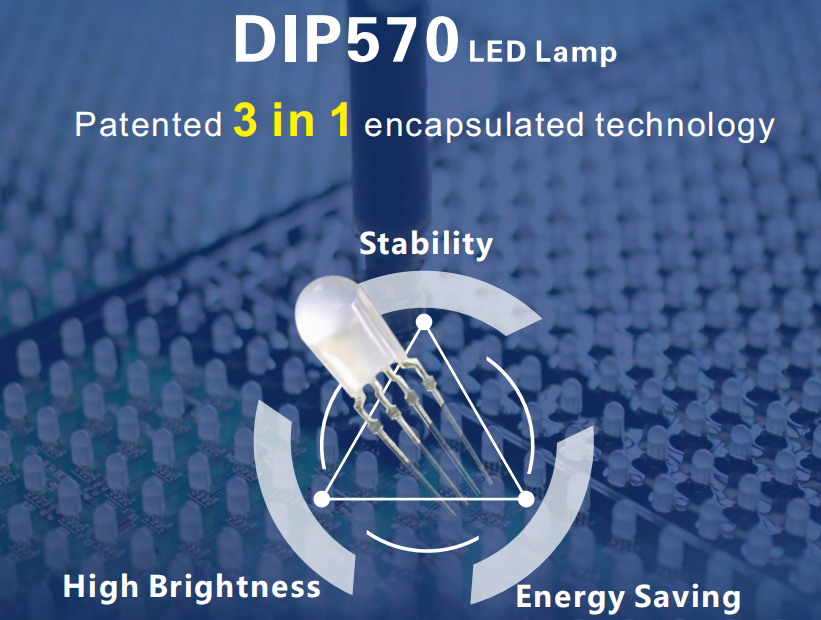








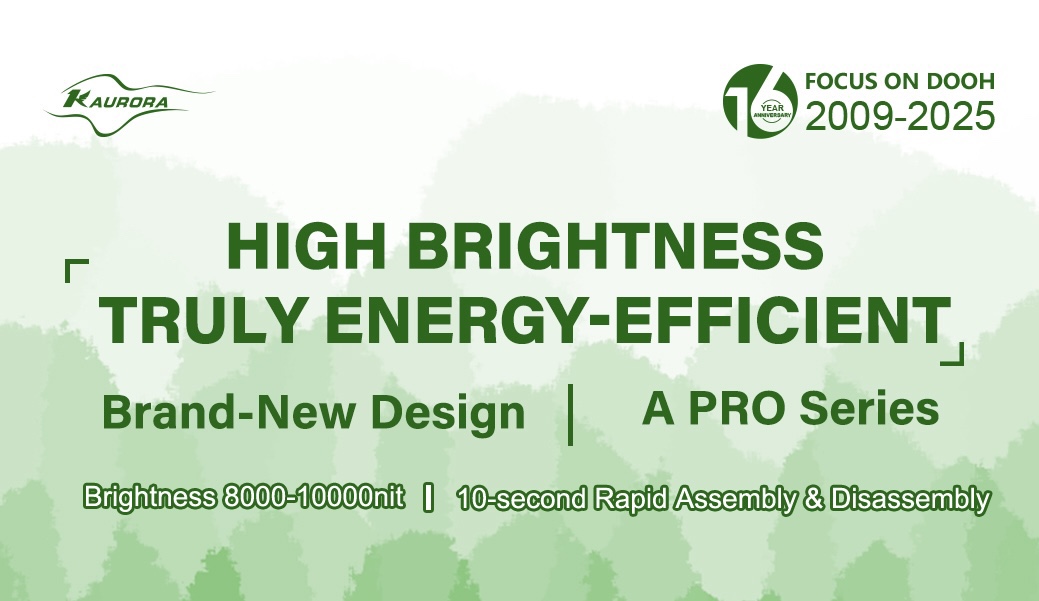
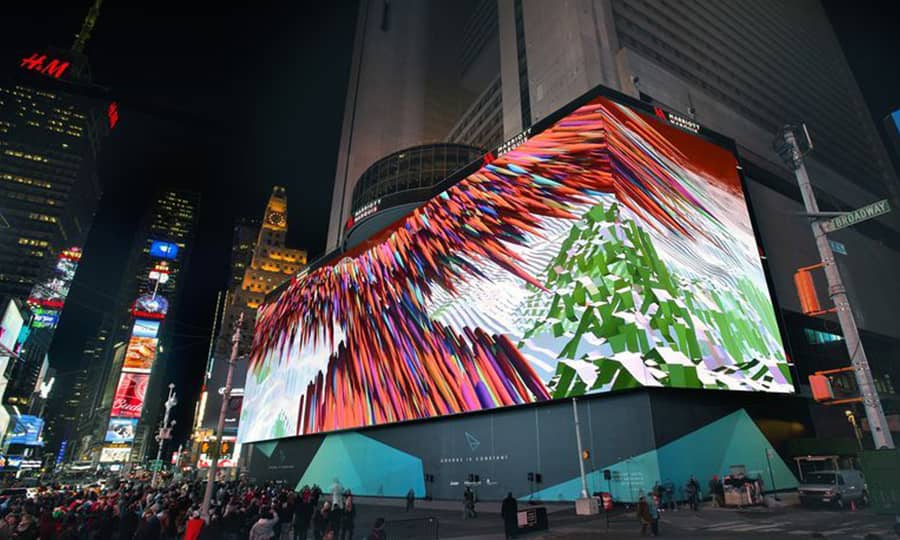
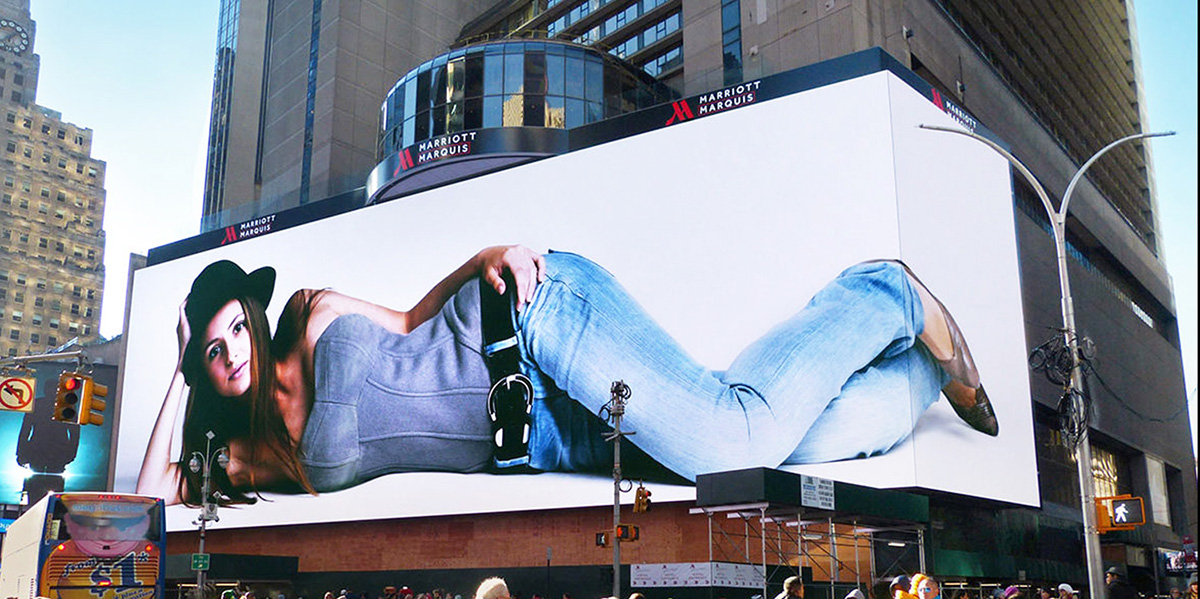


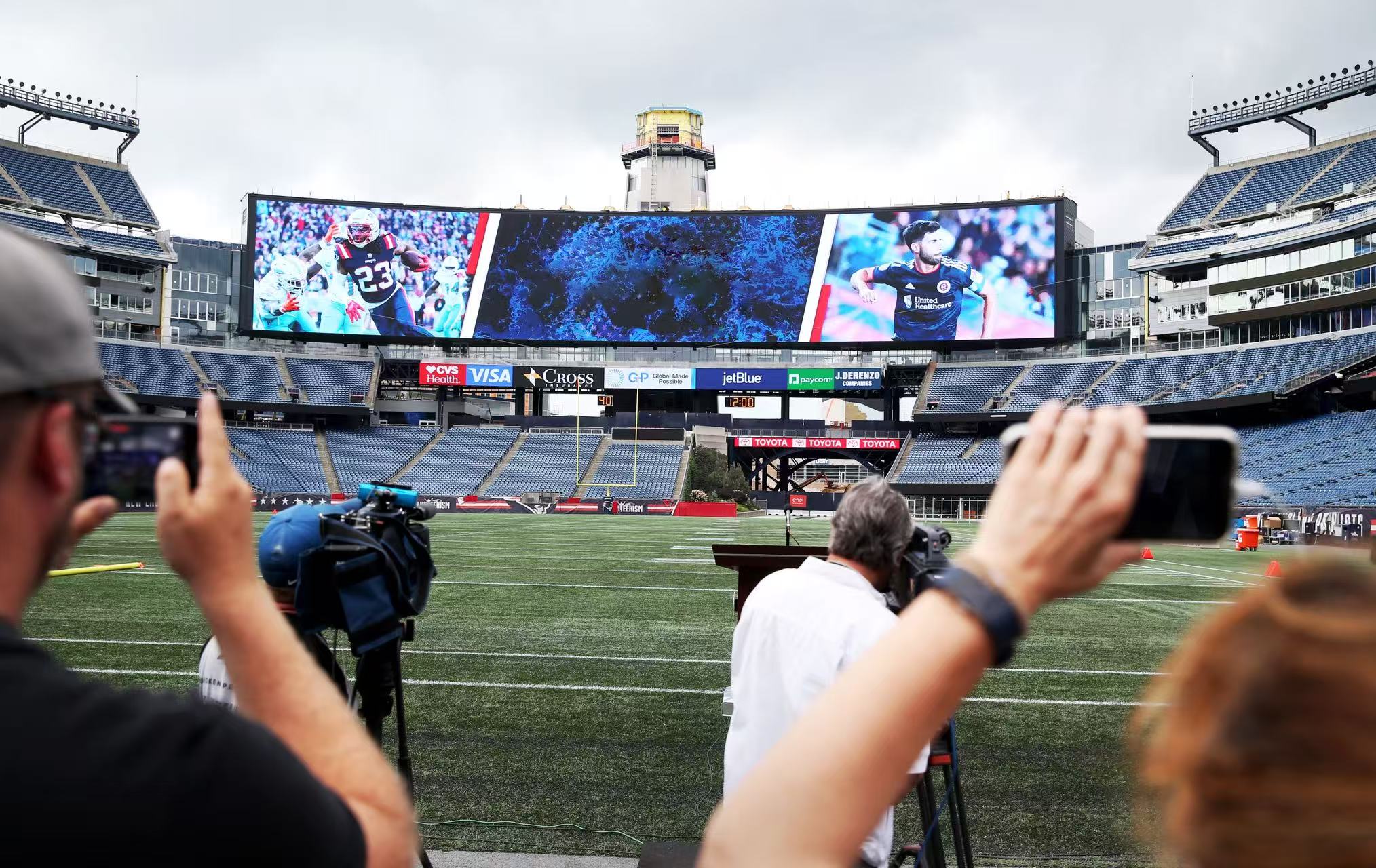
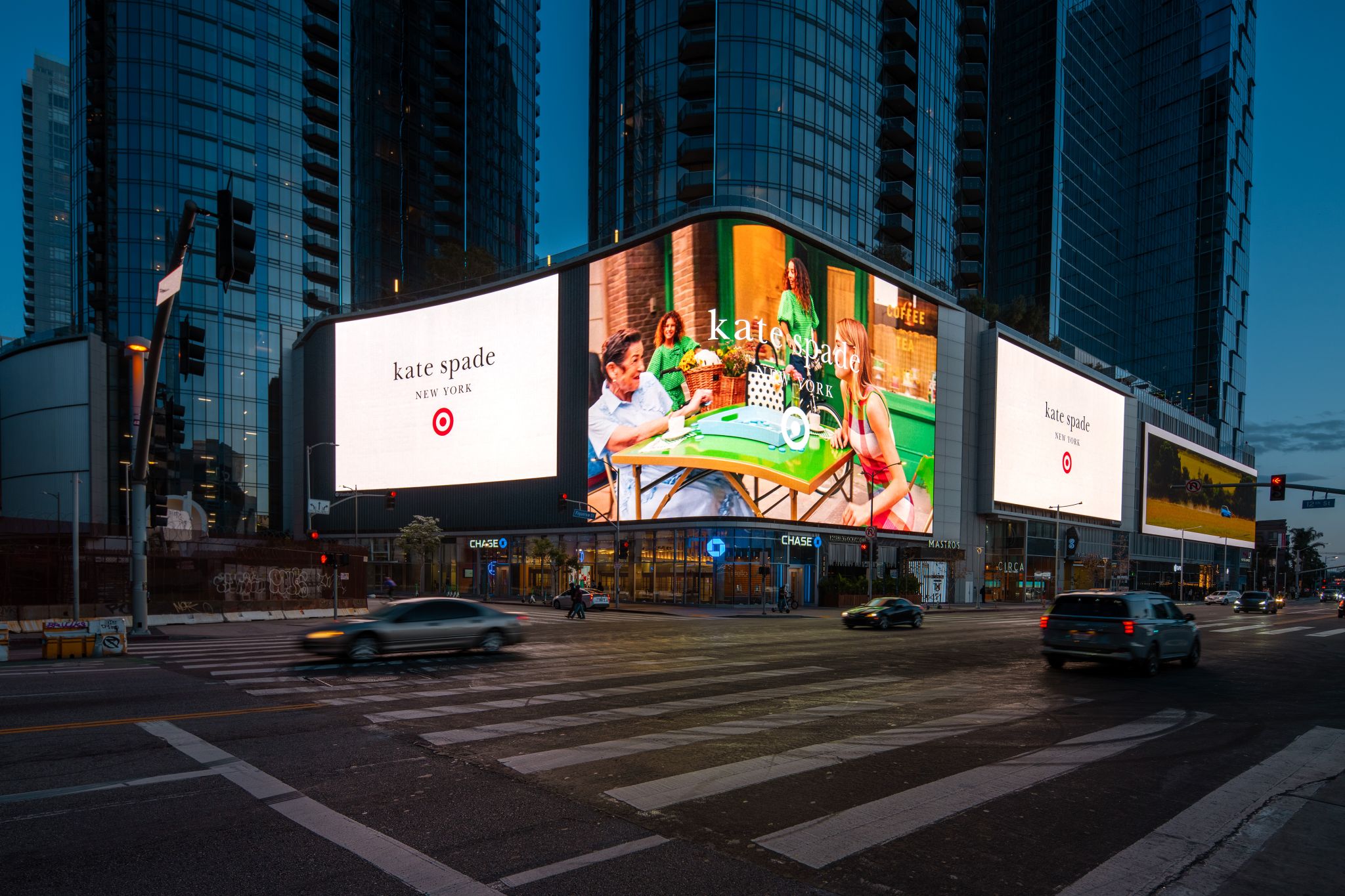

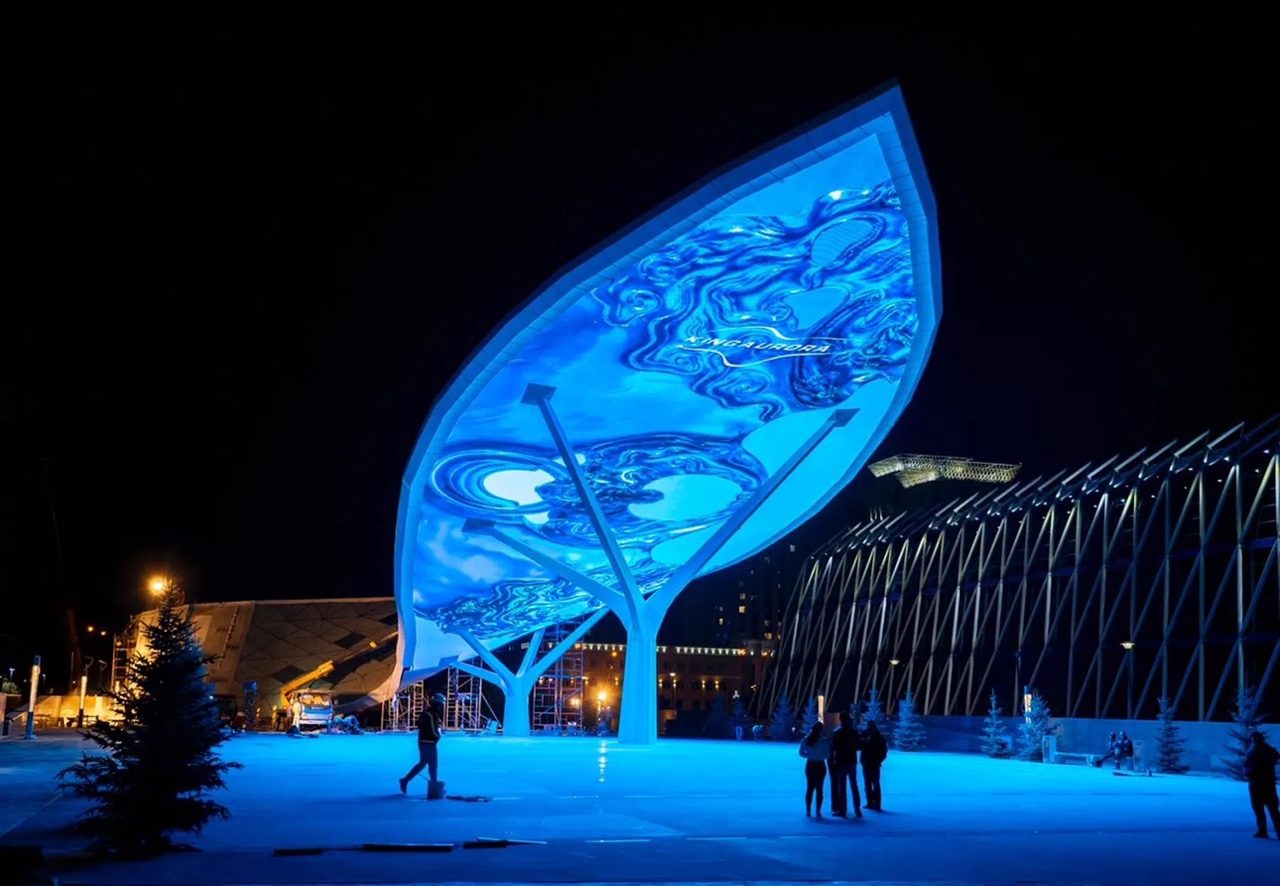
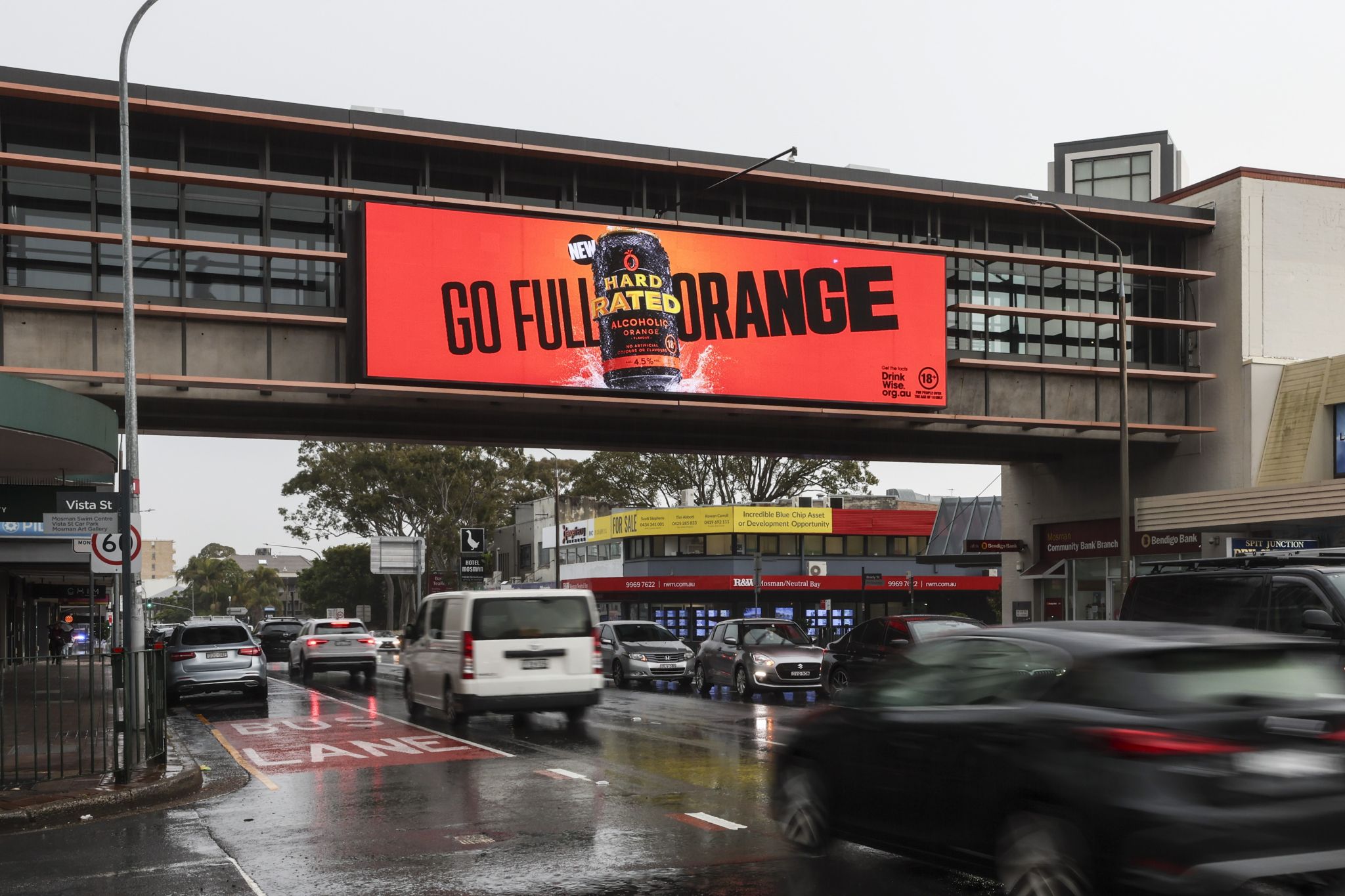

3th Building,Gaosite Zone Pingshan
New District, Shenzhen

sevice88@kingaurora.com
3th Building,Gaosite Zone Pingshan
New District, Shenzhen